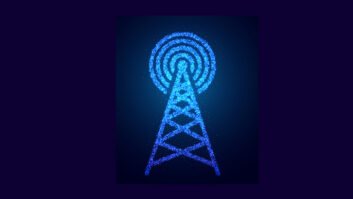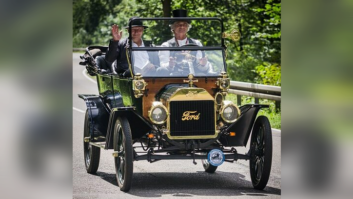
The author is a consultant to Entercom and former senior VP of engineering at CBS Radio. He was a founder of HD Radio developer USA Digital Radio and was the VP of engineering for its successor iBiquity Digital.
A rule allowing AM stations to transmit in all-digital will be the most significant “AM improvement” since the allowance of FM translators.
Together they showcase the FCC’s interest in bringing AM radio into the 2000s; and it is happening as we approach the KDKA 100th anniversary of that famous Cox-Harding election coverage broadcast. I feel fortunate to have met the announcer, Leo Rosenberg, from that historic broadcast.
[Related: “The FCC Will Vote This Month on All-Digital for AM”]
From my earliest days of working in AM, I have been concerned about the quality of the AM reception process.
Following Greg Ogonowski’s research identifying AM receiver bandwidth as the choke point of quality in AM transmission systems and the subsequent introduction of pre-emphasis to overcome the limitations of the AM broadcast system, I began looking for technical solutions.
Then came household noise and egregious noise in the environment as the biggest enemy of AM radio. As I began reviewing my texts from my college textbooks, I began to see how advances in solid state that would ultimately lead to inexpensive digital chips for radios can solve both the problems of AM and FM.
The National Association of Broadcasters must also be given credit for bringing the possibilities of DAB to the United States through its interest in Eureka-147, even though U.S. broadcasters would have never been able to gain access to the required spectrum.
In the early 1990s I became a believer in digital radio as the solution for AM and FM ills. The draft report and order brings to the AM broadcaster the ability to offer what FM offers today. However, the total digitization of radio will bring to FM opportunities beyond the capabilities of all-digital AM, and once again leave AM behind — but not left out of the digital world.







